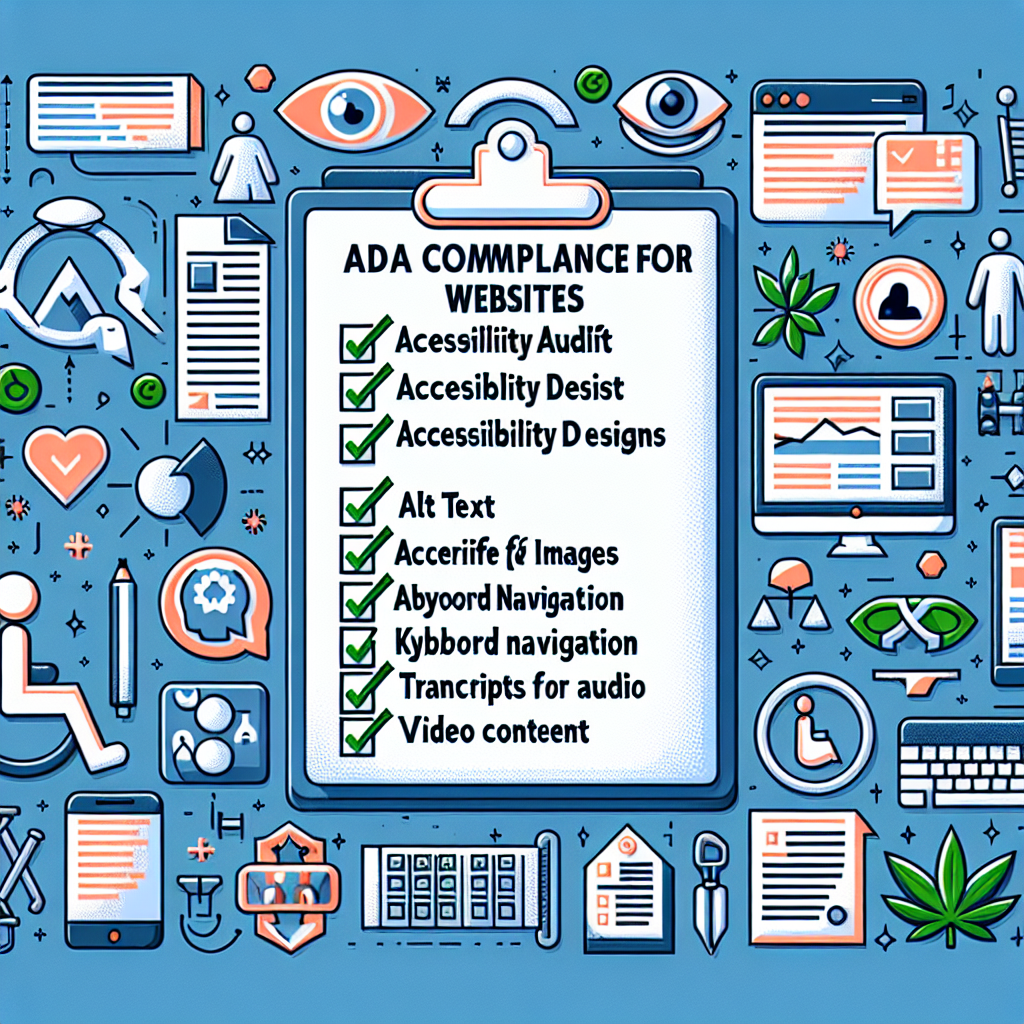Unveiling the Importance of ADA Compliance for Websites and How to Achieve It
Introduction
The Americans with Disabilities Act (ADA) is a legislation that prohibits discrimination against individuals with disabilities in all areas of public life. This includes websites, which are considered public accommodations. Ensuring your website is ADA compliant is not only a legal necessity but also an ethical obligation. It opens up your online content to a wider audience and can even boost your SEO ranking.
Understanding ADA and WCAG 2.2
To ensure ADA compliance, websites are expected to adhere to the Web Content Accessibility Guidelines (WCAG) 2.2. These guidelines provide a detailed list of recommendations for making web content more accessible, particularly for people with disabilities. The guidelines consist of four main principles: perceivable, operable, understandable, and robust (POUR).
The Importance of ADA Compliance for Websites
Beyond the legal requirement, being ADA compliant has multiple benefits. It expands your market reach as more people can access and navigate your website. It also improves SEO efforts, as search engines favor websites that are accessible and user-friendly.
How to Make Your Website ADA Compliant
Ensuring ADA compliance might seem daunting, but it's more manageable when broken down into steps. Here are some key steps to get started:
- Perform an Accessibility Audit: This will help identify areas of your website that need improvement.
- Use Accessible Designs: Make sure your website design is user-friendly for all users, including those with disabilities.
- Include Alt Text for Images: Alt text ensures those with visual impairments can comprehend your content.
- Ensure Keyboard Navigation: Some users navigate websites through keyboards rather than a mouse.
- Offer Transcripts for Audio and Video Content: Transcripts make your multimedia content accessible to those with hearing impairments.
Conclusion
ADA compliance isn’t just a legal requirement—it’s a commitment to inclusivity and accessibility. By taking steps to make your website more accessible, you are opening your doors to a wider audience and practicing good business ethics.


